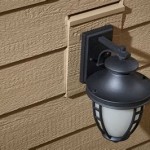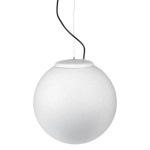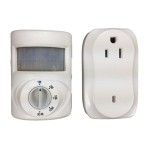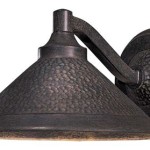Essential Aspects of Low Voltage Outdoor Lighting Wiring: Series vs. Parallel
When installing low voltage outdoor lighting, understanding the difference between series and parallel wiring is crucial. Each method has its advantages and drawbacks, affecting the overall functionality and aesthetics of your lighting system.
Series Wiring
In series wiring, all lights are connected in a single loop, with the current flowing through each light in succession. This method is simple to install and requires less wire than parallel wiring. However, it has several disadvantages:
- Voltage Drop: As the current passes through each light, some voltage is lost, resulting in a voltage drop. This can cause the lights at the end of the loop to be dimmer than those near the power source.
- Interdependence: If one light fails or is disconnected, the entire circuit will be affected, and all the lights will turn off.
Parallel Wiring
In parallel wiring, each light is connected directly to the power source, with its own set of wires. This method eliminates voltage drop and ensures that each light operates independently. It also allows for greater flexibility in placement and maintenance.
- No Voltage Drop: Each light receives the same voltage, regardless of its position in the circuit.
- Independence: If one light fails or is disconnected, the others will continue to operate normally.
- Lower Current Draw: Each light has its own set of wires, reducing the current draw on the power supply.
- More Expensive: Parallel wiring requires more wire and materials compared to series wiring.
Choosing the Right Method
The choice between series and parallel wiring depends on several factors:
- Number of Lights: For a small number of lights, series wiring may be sufficient. For larger installations, parallel wiring is recommended.
- Distance: If the lights are located far apart, parallel wiring is better to avoid voltage drop.
- Flexibility: If you plan to add or relocate lights in the future, parallel wiring provides greater flexibility.
Tips for Installation
- Use direct-burial cables rated for outdoor use.
- Ensure all connections are watertight and fully insulated.
- Protect wires from damage by burying them or using conduits.
- Test the system thoroughly before use.
Conclusion
Understanding the difference between series and parallel wiring is essential for proper installation and operation of low voltage outdoor lighting. By considering the advantages and drawbacks of each method, you can choose the one that best suits your needs and create a stunning and functional outdoor lighting system.

How To Wire Lights In Parallel

How To Wire Landscape Lights In Series On A Switch Doityourself Com Community Forums

What Is Serial And Parallel Connection When Do I Apply Customer Service Q

How To Wire Outdoor Low Voltage Lighting Part 2

Make Your Backyard Badass With Led Lighting The Art Of Doing Stuff

Installation Help For Outdoor Lighting

How To Wire Outdoor Low Voltage Lighting Part 3

How To Wire Landscape Lights In Series On A Switch Doityourself Com Community Forums

Connecting Cur Controlled Led Spotlights Do S And Don Ts Customer Service Q

Broics 7w Led Landscape Lighting Low Voltage Lights 12v Ou Chimiya
Related Posts







